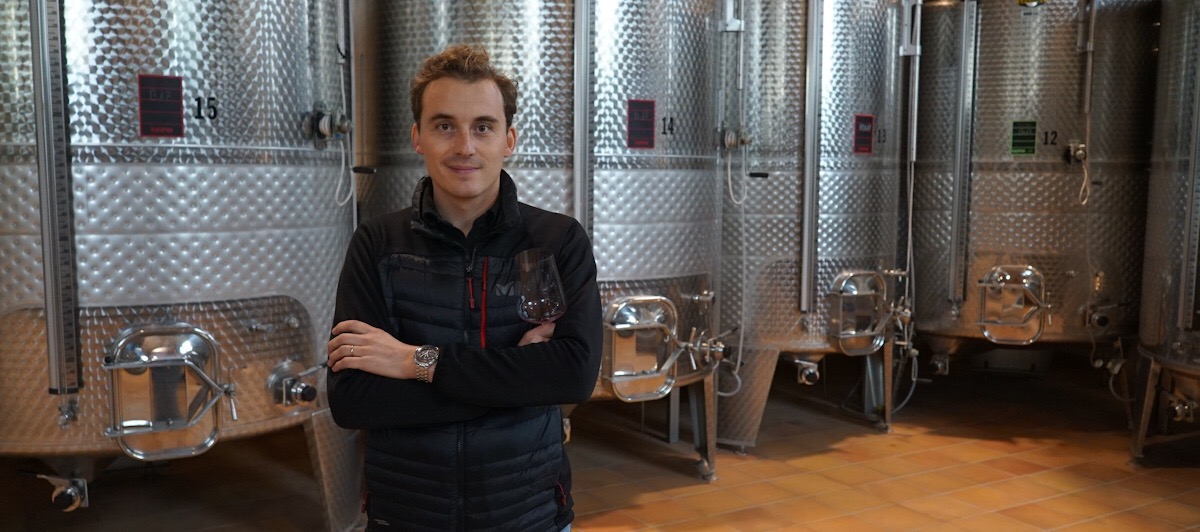Today rules and classifications are followed relatively strictly and names like Grands Suchots and Les Hautes Suchots are now glorious labels of the past. They are names signalling greatness especially of the upper part of Vosne-Romanée Les Suchots
One of the best Les Suchots from the upper part of the vineyard is made at Domaine Arnoux-Lachaux in Vosne-Romanee.
It’s a special wine and since Charles Lachaux has taken over the quality has increased significantly and is now rivalling top end wines of Vosne-Romanée Les Suchots.
Les Suchots has always been a prestige wine for the Arnoux/Arnoux-Lachaux estate – so lets take a closer look at the plots and historic details.
Wine and people
Domaine Arnoux-Lachaux previously known as Domaine Robert Arnoux and before this Arnoux-Salbreux was founded in 1858.
The core of the domaine was created by Charles Arnoux and Renée Salbreux, both from winemaking families in Vosne-Romanée. When Charles Arnoux passed away in 1957 his son Robert Arnoux took over and expanded the estate and laid the foundation for the estate we know today.
Robert Arnoux was born in 1931, and he was supported by his wife Clotilde Truchetet. They acquired new parcels, and in 1984 adding the current 0.35 hectare plot of Romanée-Saint-Vivant.
In 1987 the next generation was established, as Pascal Lachaux married Florence Arnoux, one of the three daughters of Robert and Clotilde Arnoux. Pascal Lachaux joined the Domaine, working with his father-in-law until Robert Arnoux passed away in February 1995.
Pascal and Florence extended the cellars and built a new winery in 2005 and they further expanded the estate, adding a 0.53 hectare plot of Latricières-Chambertin in the 2008 vintage.
The name of the estate was changed from Robert Arnoux to Domaine Arnoux-Lachaux from the 2007 vintage, to reflect the union of the two families.
Charles Lachaux is the eldest of Pascal and Florence’s three sons. He joined the Domaine in 2011. Charles has been involved in winemaking since 2012 and has managed both the vineyards and the cellar since 2015.
Charles Lachaux has made big changes at the estate, introducing a more significant use whole cluster grapes in the vinification. Furthermore he has been reducing the use of new oak and at the same time reducing the extraction – the result is more refined and airy wines.
Furthermore the work in the vineyards are changing inspired by the work done by Mme Bize-Leroy, including the use of more and more biodynamic principles.
This is indeed an exiting estate to follow.
You need to login as a Premium subscriber to read the rest of this article. If you are not a Premium subscriber, use the subscribe function and sign-up.


 - A true vin d’émotion – a Burgundy of passion
- A true vin d’émotion – a Burgundy of passion - A truly hedonistic wine – lively and enjoyable
- A truly hedonistic wine – lively and enjoyable - A vivacious wine for pure indulgance
- A vivacious wine for pure indulgance - A potential vin d´émotion - frais et léger
- A potential vin d´émotion - frais et léger